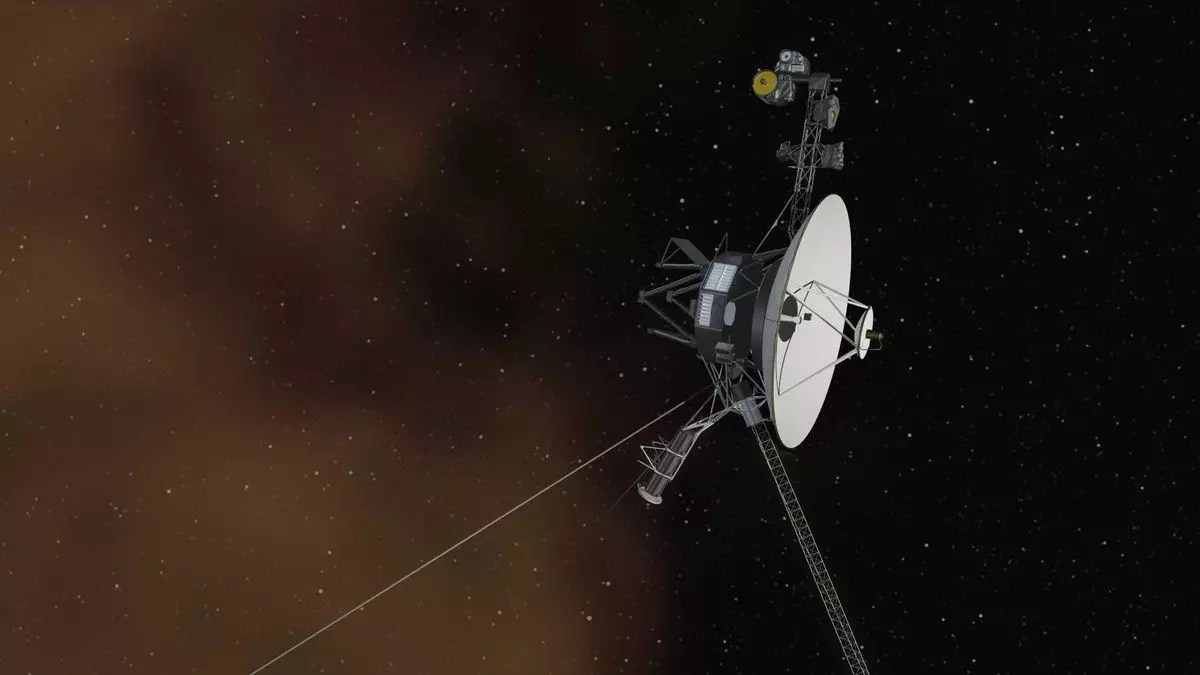In November, NASA faced a puzzling situation when Voyager I, one of their longest-running spacecraft, began sending a repeated pattern of data instead of its usual scientific information. This unusual occurrence left scientists scratching their heads as they tried to determine the cause of the issue.
A Journey Through the Solar System
Launched in 1977, Voyager I was initially designed as part of a mission to study the gas planets in our Solar System. It successfully flew past Jupiter and Saturn before venturing into the vast expanse of interstellar space. Despite its age, Voyager I continued to operate, providing valuable insights into the nature of our cosmic neighborhood.
After thorough investigation, NASA engineers identified the problem – a faulty memory chip in the Flight Data Subsystem. This ancient chip, responsible for storing essential instructions for communication, had finally succumbed after over four decades of service. The solution involved reprogramming and relocating the lost code to a new memory chip, a task easier said than done given Voyager I’s immense distance from Earth.
Operating over 15 billion miles away, Voyager I posed unique challenges for communication. A radio signal took approximately 22.5 hours to reach the spacecraft, making troubleshooting and fixing the issue a lengthy process akin to waiting for a delayed computer response. NASA’s engineers had to strategically send partial instructions in each signal, gradually restoring functionality to Voyager I.
As the engineers continue to transfer the FDS code to new memory locations, Voyager I will soon resume sending scientific data back to Earth. However, the spacecraft’s days are numbered, as its RTG will eventually run out of radioactivity to power its transmitter. By 2036, even if Voyager I miraculously remains operational, it will be out of reach for NASA’s Deep Space Network.
A Legacy of Discovery
The enduring legacy of Voyager I lies in the wealth of knowledge it has provided about our Solar System. Despite the uncertainty surrounding its eventual fate, the spacecraft stands as a testament to the brilliance and perseverance of NASA’s scientists and engineers. Their ability to overcome challenges and solve complex issues is a testament to the agency’s ingenuity and dedication to exploring the cosmos.
While Voyager I’s recent data anomaly may have caused a brief interruption in its transmissions, NASA’s swift response and innovative problem-solving have ensured that the spacecraft continues its mission of exploration. The story of Voyager I serves as a reminder of humanity’s quest for knowledge and understanding of the universe, pushing the boundaries of what is possible in space exploration.


Leave a Reply